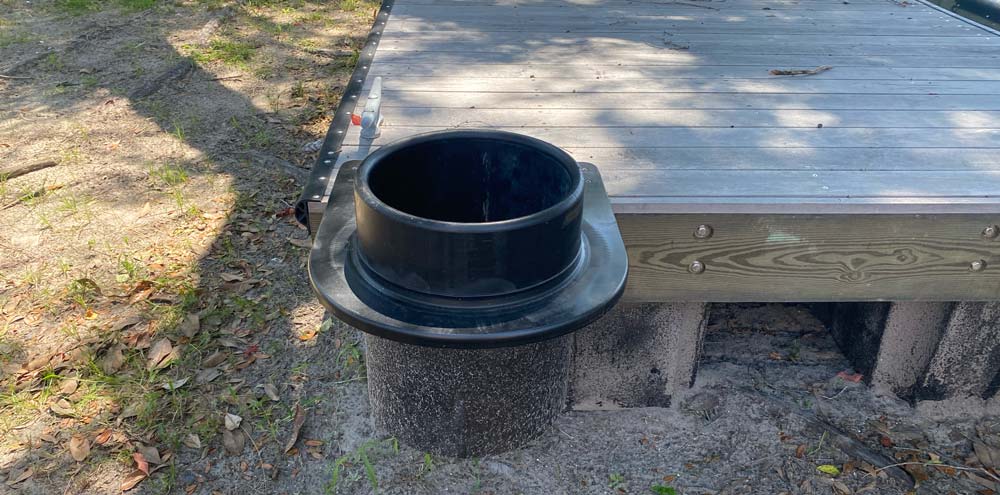
Oct 07
Why High Density Polyethylene is the Smart Choice for Floating Dock Pile Guides
Oct 07
As an experienced dock builder, I’ve worked with various materials over the years. When it comes to pile guides for floating docks, one material stands out from the rest: High Density Polyethylene (HDPE). In this post, I’ll explain why HDPE has become the go-to choice for many dock builders and marina owners.
Back to BlogWhat are Pile Guides?
First, let’s clarify what pile guides are. On a floating dock, pile guides are the components that wrap around the stationary piles, allowing the dock to move up and down with changing water levels while staying in place horizontally. They play a crucial role in the dock’s stability and longevity.The HDPE Advantage
Here’s why HDPE is an excellent material for pile guides:
- Durability: HDPE is incredibly tough and resistant to impacts, abrasions, and punctures. This means it can withstand the constant friction and movement associated with floating docks without wearing down quickly.
- Weather Resistance: Unlike metal components that can rust or wood that can rot, HDPE is impervious to water and resistant to UV radiation. It won’t degrade from exposure to sun, rain, or saltwater.
- Low Friction: HDPE has a naturally slippery surface, which reduces friction between the pile and the guide. This makes for smoother vertical movement of the dock and less wear on both the guide and the pile.
- Noise Reduction: The low-friction properties of HDPE also mean less squeaking and creaking as the dock moves, creating a more pleasant environment for dock users.
- Low Maintenance: HDPE doesn’t require painting, sealing, or other regular maintenance. Once installed, it continues to perform well with minimal upkeep.
- Long Lifespan: Thanks to its durability and resistance to environmental factors, HDPE pile guides often outlast the docks themselves, providing excellent value for money.
- Environmentally Friendly: HDPE is non-toxic and doesn’t leach harmful chemicals into the water. It’s also recyclable at the end of its long life.
- Customizable: HDPE can be easily fabricated into various shapes and sizes, allowing for custom solutions to fit any dock design.
